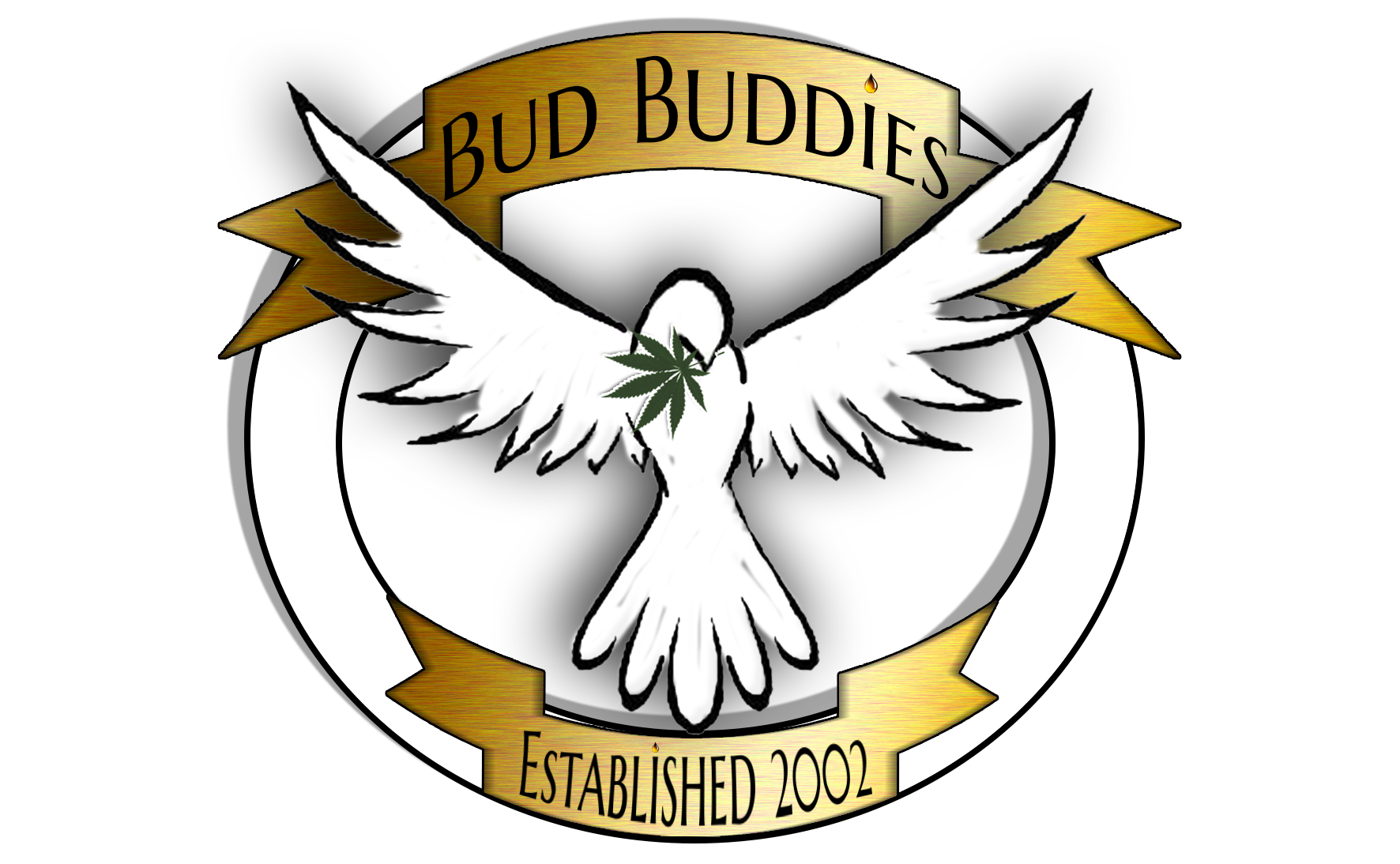A B C D E F G H I J K L M N O P Q R S T U V W X Y Z
A collection of links to: Cannabis research papers, clinical studies and reference guides.
Feel free to download the .pdf files
_______________________________________________________________________
Below: From “The Medical Cannabis Guidebook” by Jeff Ditchfield
“If (Marijuana) were unknown, it’s discovery would no doubt be hailed as a medical breakthrough. Scientists would praise it’s potential for treating everything from pain to cancer and marvel at its rich pharmacopoeia; many of whose chemicals mimic vital molecules in the human body” The Economist Magazine.
Cannabis is one of the safest and most effective medications known today, with the potential to treat a wide variety of medical conditions. By the early 19th Century, the benefits of medicinal cannabis use had become widely acknowledged in the West, having been brought to France by Napoleon’s army as they returned from Egypt, where cannabis was commonly used for its analgesic and sedative qualities. Medical cannabis became universally accepted after extensive research by the Irish physician William O’Shaughnessy, who published a paper in 1843 entitled “On the Preparations of the Indian Hemp, or Gunjah”, which is noted for having introduced Cannabis Sativa to European and American medicine. O’Shaughnessy experimented with alcoholic tinctures and found this to be an effective way of isolating the major psychoactive component found in cannabis, delta-9-tetrahydrocannabinol (THC).
From 1890 to 1937, Parke, Davis & Company (now part of the Pfizer Group of Companies) marketed many formulations of medicinal cannabis, including tinctures that were available by the pint or fluid ounce and cannabis tablets that could be bought by the gram. It was also possible to purchase powdered extracts, and even pressed flowering tops (dried cannabis buds) for people to make their own preparations. All products and formulations were proudly advertised by the company as “originating from American home-grown cannabis.” Pfizer is now one of the world’s top pharmaceutical companies; in 2009 it made $50 billion profit in annual sales of prescription drugs, many of which replaced cannabis medications.
Another major manufacturer of cannabis preparations and still a familiar name today is Eli Lilly & Co, who, from 1877 to 1935, manufactured and sold fluid, solid, and powdered extracts, all of which were stated to be manufactured from the flowering tops of the pistillate plants of Cannabis Sativa. Merck and Squibb are also both well-known pharmaceutical manufacturing companies that in the past have sold and marketed cannabis preparations. The two companies extensively advertised that they supplied dried flowering tops of the female cannabis plant. In addition, Merck was also a manufacturer and supplier of cannabis fluid extracts, tinctures, pills and cannabis oil made from infused tops.
Alcohol-based tinctures are still used by pharmaceutical companies today; indeed, Sativex, a cannabinoid-based medicine, is basically a cannabis tincture spray. It has a cannabinoid profile of 51% THC and 49% CBD suspended in alcohol and is produced using organic cannabis, just like the tinctures made by Eli Lilly & Co over 150 years ago.
Today, there is renewed interest in the medical use of cannabis, with numerous respected doctors and scientists researching its many and varied indicators. A study sponsored by the State of California, conducted by the University of California Center for Medicinal Cannabis Research, and published in The Open Neurology Journal (September 2012), concluded that cannabis provides much-needed relief to chronic pain sufferers and that more clinical trials are desperately needed:
“The classification of marijuana as a Schedule 1 drug as well as the continuing controversy as to whether or not cannabis is of medical value are obstacles to medical progress in this area…”
“Based on evidence currently available the Schedule I classification is not tenable; it is not accurate that cannabis has no medical value, or that information on safety is lacking. It is true cannabis has some abuse potential, but its profile more closely resembles drugs in Schedule III. The continuing conflict between scientific evidence and political ideology will hopefully be reconciled in a judicious manner.”
